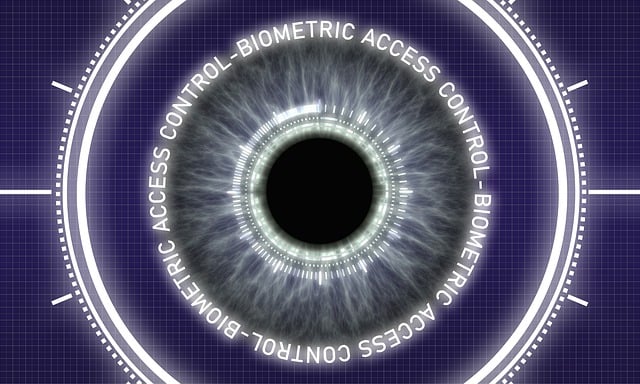Technetium-99m (Tc-99m), a short-lived radioisotope, is a vital scintigraphy contrast agent known for its 6-hour half-life. It facilitates real-time visualization of internal body structures through gamma ray emission, aiding in the diagnosis and monitoring of various conditions like bone fractures, infections, tumours, coronary artery disease, pulmonary embolisms, and liver diseases. While highly effective, its brief lifespan requires meticulous supply chain management, and it faces limitations in complex anatomical imaging, prompting a search for alternatives.
Technetium-99m (99mTc) is the most widely utilized nuclear contrast agent in medical imaging, playing a pivotal role in diagnosing and staging various diseases. This article delves into the unique properties and production of 99mTc, exploring its fundamental role in scintigraphy—the art of visualizing internal body processes. We examine common applications, from bone scans to heart tests, and weigh the benefits and limitations of this indispensable nuclear medicine tool.
Understanding Technetium-99m: Properties and Production
Technetium-99m (Tc-99m) is a radioisotope that plays a pivotal role in nuclear medicine, particularly in scintigraphy contrast agents. Scintigraphy, a specialized imaging technique, relies on the gamma rays emitted by radioactive isotopes to visualize internal body structures. Tc-99m, with its short half-life of approximately 6 hours, is ideal for this application as it allows for timely imaging while minimizing radiation exposure.
The production of Technetium-99m involves a complex nuclear process. It is primarily synthesized in cyclotrons by bombarding molybdenum-99 (Mo-99) with neutrons, leading to the formation of Tc-99m. This highly sought-after isotope is then separated and purified for medical use due to its excellent optical properties and suitable decay characteristics, making it a go-to scintigraphy contrast agent in diagnostic procedures worldwide.
How Scintigraphy Contrast Agents Work
Scintigraphy contrast agents play a pivotal role in medical imaging, particularly in nuclear medicine. These specialized substances are designed to enhance the visibility of specific organs, tissues, or blood vessels when used with imaging technologies like gamma cameras. When administered to a patient, the contrast agents emit radiation at characteristic energies, allowing for precise detection and visualization by the imaging equipment.
The process, known as scintigraphy, relies on the ability of these agents to interact with the body’s tissues differently than background radiation. By emitting light at specific wavelengths, they provide a distinct signal that can be separated from natural background radiation, offering doctors clear images of internal structures. This non-invasive technique is invaluable for diagnosing and monitoring various medical conditions, making scintigraphy contrast agents an indispensable tool in modern healthcare.
Common Applications in Medical Imaging
Technetium-99m (Tc-99m) is a radioisotope that has gained significant prominence in medical imaging due to its exceptional properties as a scintigraphy contrast agent. Scintigraphy, a specialized form of nuclear medicine, relies on radioactive tracers to visualize physiological processes and detect abnormalities within the body. Tc-99m’s short half-life (approximately 6 hours) makes it ideal for this application, allowing for real-time imaging and quick diagnosis.
One of its most common uses is in bone scanning, where it helps identify fractures, infections, or tumours by detecting metabolic activity in bones. Moreover, Tc-99m is employed in heart stress tests to assess blood flow and cardiac function, aiding in the early detection of coronary artery disease. Additionally, this contrast agent finds utility in lung and liver scintigraphy, enabling practitioners to diagnose conditions such as pulmonary embolisms and liver diseases effectively.
Benefits and Limitations of 99mTc Use
Technetium-99m (99mTc) is a widely utilized nuclear scintigraphy contrast agent, offering several advantages in medical imaging. Its primary benefit lies in its short physical half-life of approximately 6 hours, which permits quick patient scanning times and minimizes radiation exposure. This property makes 99mTc ideal for emergency departments and acute care settings where rapid diagnosis is crucial. Moreover, it emits gamma rays, facilitating easy detection by specialized scanners, enhancing diagnostic accuracy.
Despite its versatility, 99mTc also presents certain limitations. The short half-life requires careful management of the radioisotope supply chain to ensure a consistent availability. Additionally, while it excels in bone scanning and stress tests, its use in more complex anatomical areas is limited due to lower target-to-background ratios. These factors underscore the need for continuous research into alternative contrast agents while recognizing 99mTc’s significant contributions to modern scintigraphy practices.
Technetium-99m (99mTc) stands as the linchpin of modern scintigraphy contrast agents, powering diverse medical imaging applications. Its unique properties, including short half-life and high gamma emission, make it ideal for real-time tracking in diagnostic procedures. While 99mTc offers significant benefits such as broad accessibility, cost-effectiveness, and versatility, limitations like limited resolution and radioactivity concerns prompt ongoing research for alternative agents. Despite these challenges, 99mTc’s central role in scintigraphy continues, ensuring accurate diagnoses and effective patient care.
